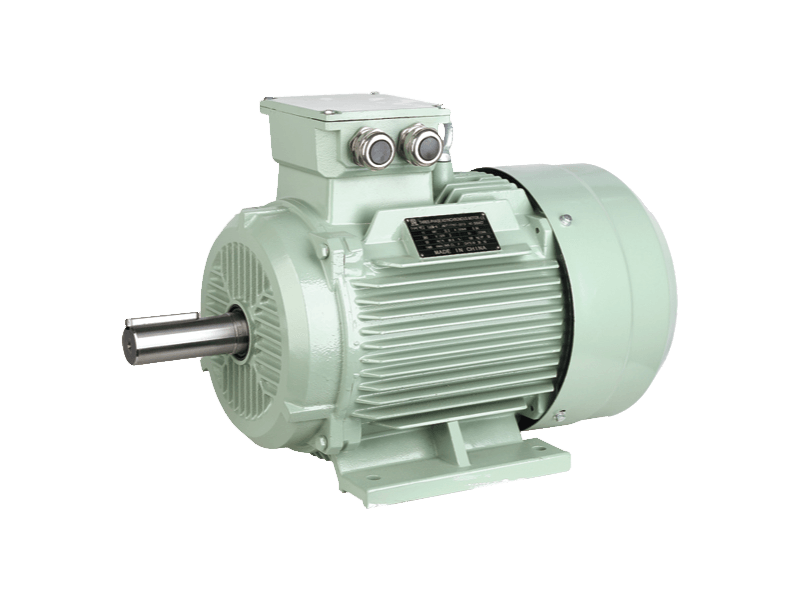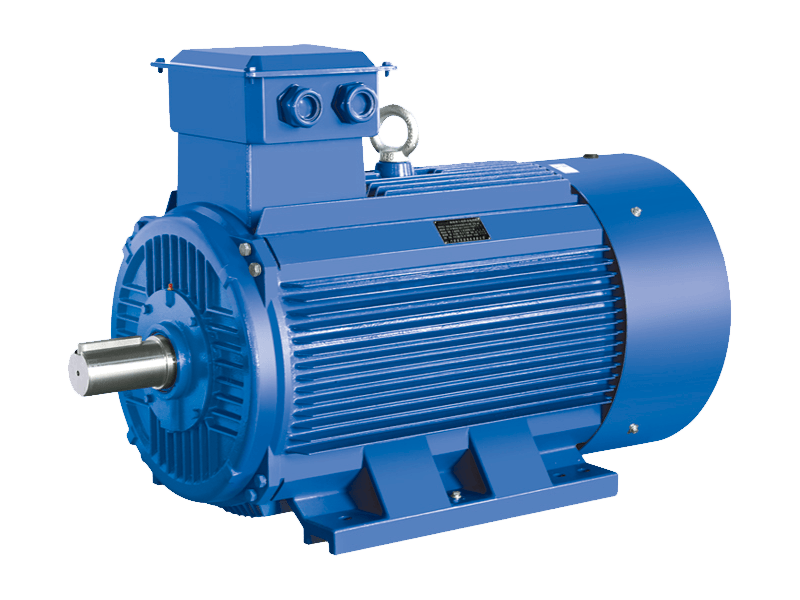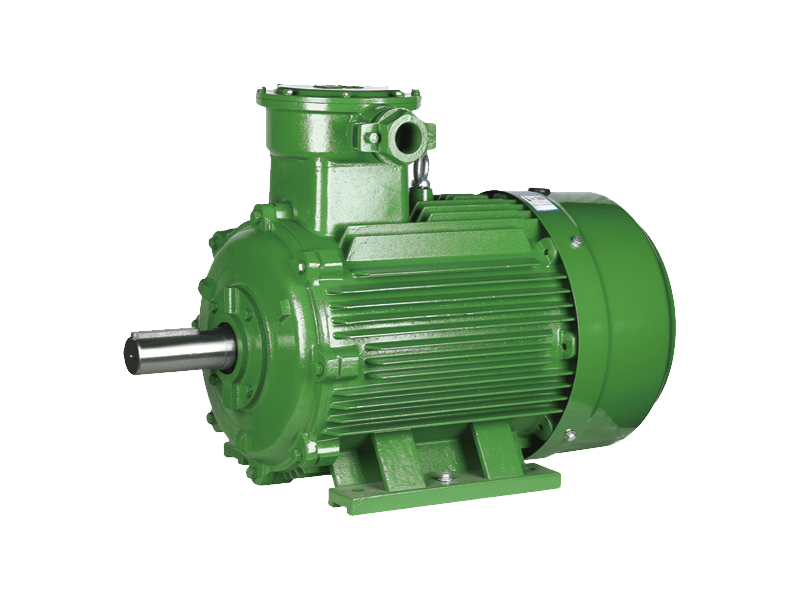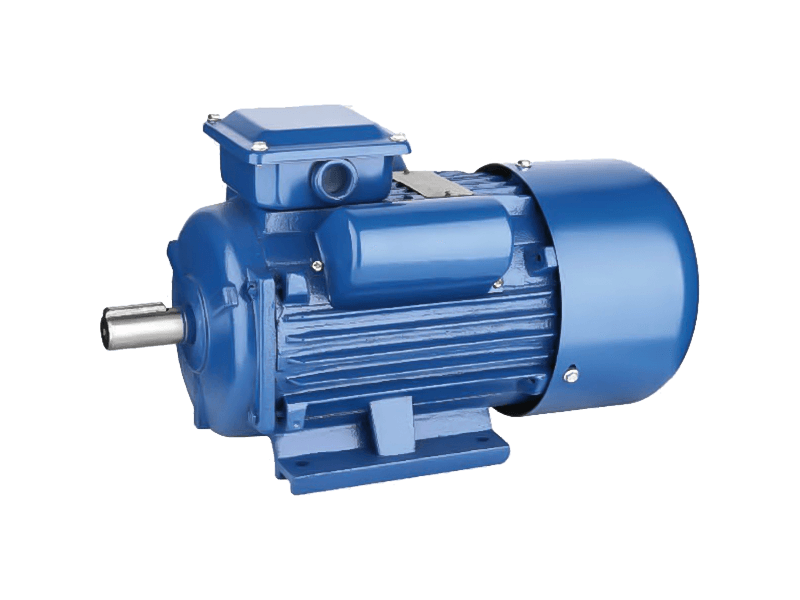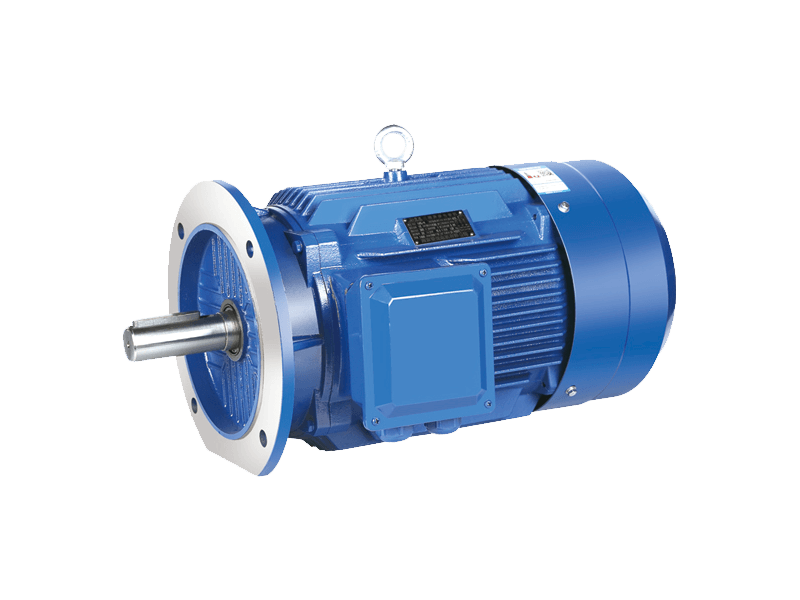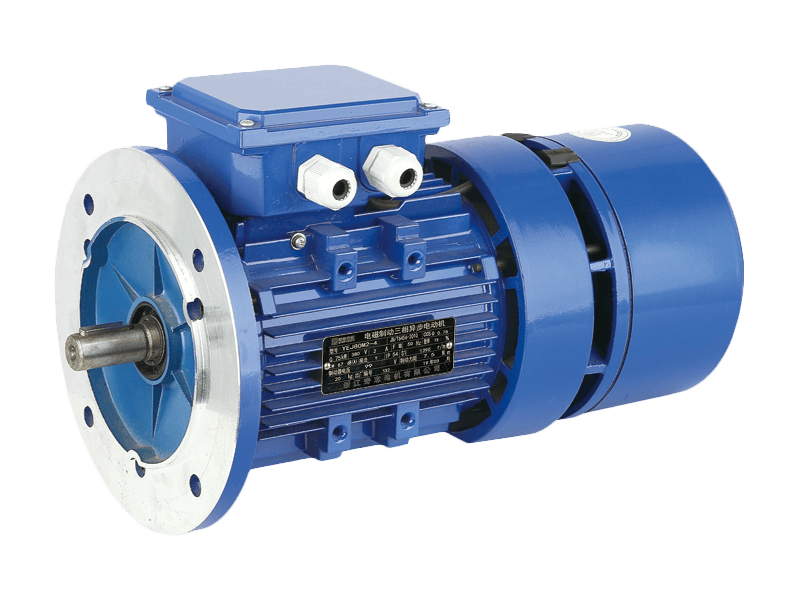The fire-fighting high-temperature smoke exhaust fan can operate normally in a high-temperature environment, and has the dual functions of fire-fighting smoke exhaust and ventilation, but how do we ensure it during normal use?
As energy conservation becomes the focus of attention worldwide, the energy efficiency of motor designs is also an increasing concern. Motor-driven products continue to cooperate with the development trend of the industry, helping designers to improve energy efficiency, reduce energy consumption, improve reliability, reduce the number of components, etc., and play an active role in achieving energy saving.
After a hundred years of development, the application fields of motors have been very extensive. The automotive and industrial applications covered by motor drive products are a microcosm of the main trends in the motor market.
The first is the trend toward vehicle electrification, whereby automakers replace traditional internal combustion engine power with integrated, energy-efficient electric motors, typically brushless DC (BLDC) motors instead of belt and gear drives for auxiliary components under the hood, such as pumps, Valves, heating and air conditioning, fans, etc. Due to their fairly good performance, BLDC motors are also beginning to find their way into other applications where brushed DC (BDC) motor solutions have traditionally been used.
Another trend is that the increase in application assembly rate increases the number of installed motors, such as motorized heating ventilation air conditioning (HVAC) air flap control (mainly used for brushed DC and unipolar stepper motors) is also beginning to be used in lower-end cars. of HVAC system.
BLDC motors are also increasingly used in industry and telecommunications. Typical applications include fans, blowers, pumps and compressors. BLDC motors are more energy efficient than AC motors or switched reluctance motors. BLDC motors enable low-cost variable-speed applications, especially when integrated sensorless commutation algorithms allow for the elimination of external sensors.

